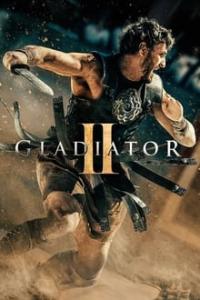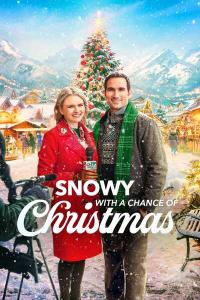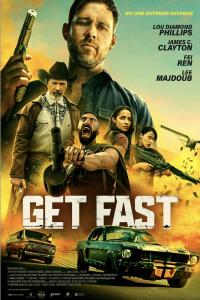Torrent details for "Gondran M., Minoux M. Graphs and Algorithms 1984 [andryold1]" Log in to bookmark
Controls:
External index by SiteBot Verified
Category:
Language:
 English
EnglishTotal Size:
30.01 MB
Info Hash:
f186d01b200350ee0b428603c54b45bd949941fb
Added By:
Added:
16-08-2022 08:07
Views:
115
Health:

Seeds:
1
Leechers:
0
Completed:
84
Textbook in PDF and DJVU formatsExternally indexed torrent If you are the original uploader, contact staff to have it moved to your account
The present work has been conceived as a synthesis of many works and as a panorama, as complete as possible, of the theory and its applications up to the very last few years. Obviously, it has often proved impossible to include, within the main text itself, certain practical or theoretical developments which cater for extremely specialized interests. However, we have tried to mention them in the main text and to take them up in exercises.
Independently of their educational use as applications in courses of lectures, the more than 200 exercises should also play their part-essential in our view- in introducing the original work listed in the reference lists at the end of each chapter.
Asterisks (*) indicate the level of difficulty of these exercises (*, difficult **, difficult, the relevant reference is necessary ***, very difficult, even with the relevant references).
It is another feature of this book that we would like it to be seen as a point of balance between theory and practice. To build bridges between the world of the abstract and the world of reality is a major preoccupation of all scientific effort, but there is no area in which this is more true than in 'applied mathematics'.
It is one of the most important aspects of the work of the applied mathematician (engineer, research worker, sociologist, economist)-though this is often passed over without comment-to construct a model of a concrete situation in order to understand it better and, possibly, to influence it. As the art of modelling develops, apparently, by analogy with situations already met, it seems that the best in production to this art consists of getting to know a certain number of typical models, which refer to a certain number of problem types.
This is the reason why close to a hundred concrete problems have been modelled throughout this book, rather tersely within the text of the chapters, and with more detail in the exercises. This should be the basic material which points the reader towards the choice of the best model for the problem with which he is faced. Apart from modelling in the form of graphs or hypergraphs, it will be seen that other types of mathematical models have been called upon when they have proved to be useful for the solution: linear programming, integer programming, set functions, transformations between discrete sets, etc.
Generalities about Graphs
The Shortest Path Problem in a Graph
Path Algebras
Trees and Arborescences
Flows and Transportation Networks
Flows with Gains. Multicommodity Flows
Matchings and b-Matchings
Eulerian and Hamiltonian Walks
Matroids
Non-Polynomial Problems
Branch and Bound Algorithms
Approximate Algorithms















































